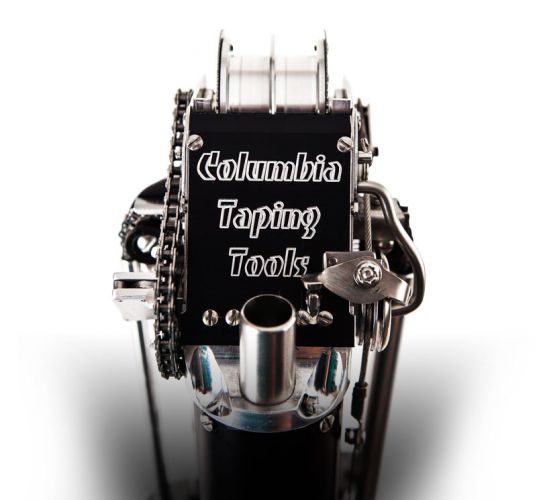Dear Inventor,
Columbia is contacted from time to time by inventors of tools that make the taping or finishing process easier or quicker.
The inventors are generally in one of two places. They have no protection on their invention and want to know how to proceed. Or they have fully patented their invention and want our company to enter into a NDA with them before knowing what the product is. I thought we would take the time to cover both of these scenarios.
1. For those who have no protection I tell them to file a provisional patent. A provisional patent in the USA gives the inventor one year to show and market his or her idea publicly while deciding to file for a more costly 20 year protection. These can be self-filed at very little cost. Alternatively, for between $1000 to $3000, an attorney can file it for you. The choice is solely up to the individual. I generally recommend using an attorney. However not knowing what an inventor’s idea is and whether it is viable makes it hard to say for sure. It is a call that has to be made by the individual.
2. The issue we see time and time again is inventors patenting an idea for drywall taping tools that are not useful. The patents often cost $15,000 to $25,000 depending on the complexity. I then have to inform them that even if their idea was accepted and liked, the world market for the item may be 10,000 units a year if they achieve 100% market share. A more likely market share if done with the right partner would be 10%-25%. It’s not the reach of the partner that is the problem, it is the adoption of the product by the end-user. Drywall finishers tend to be very skilled with the tools they use. They become masters of the process with the tools they have. Any change to that mastery takes time to be embraced. It’s not to say innovation is not welcomed. There is more to it than simply making something 10% faster or 50% more ergonomic.
The ideal scenario is that an inventor be confident enough in their idea that they file a provisional patent. They would then either look for a partner or bring it to market themselves. Before the one-year time period is up, they make the decision whether to proceed with a utility patent.
Many great ideas and inventions in the drywall space have come from inventors that were finishers or garage mechanics. For every idea that makes it to market and succeeds there are many more that remain a patented prototype.
Elliot St. James


